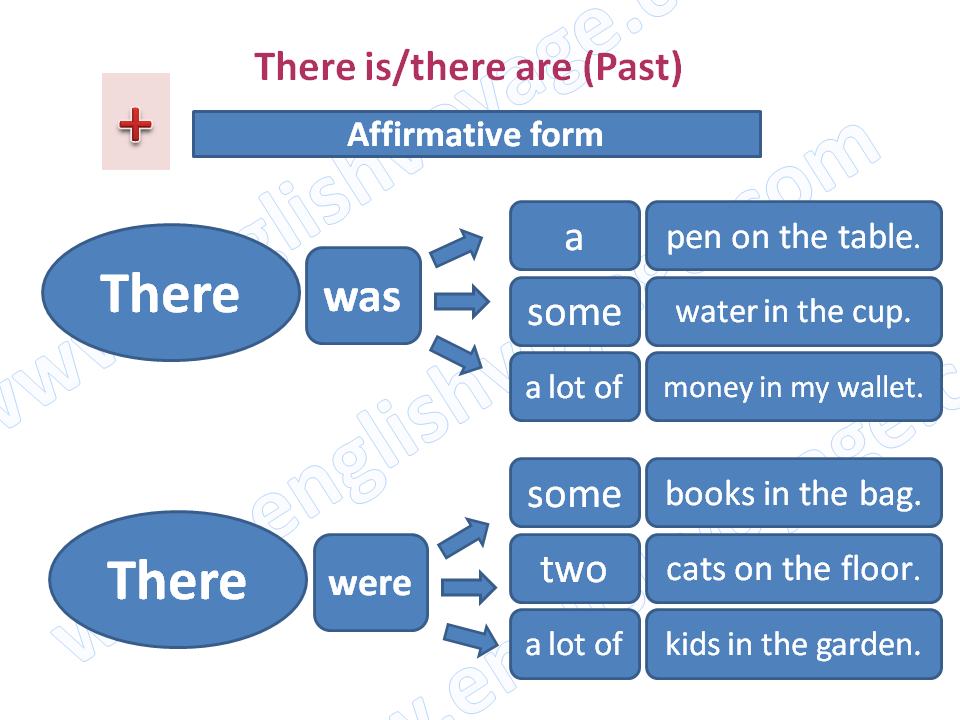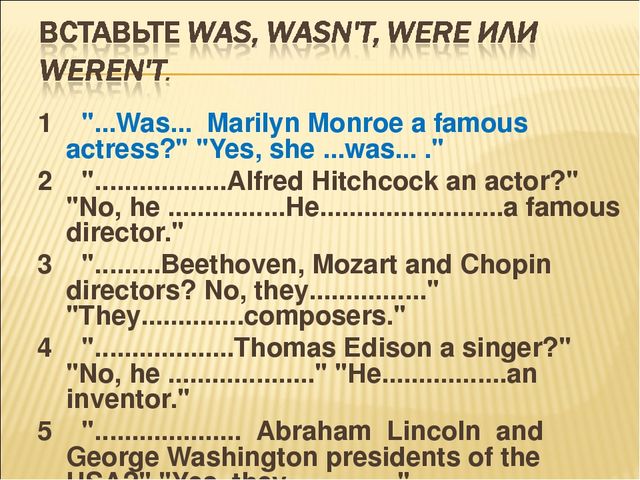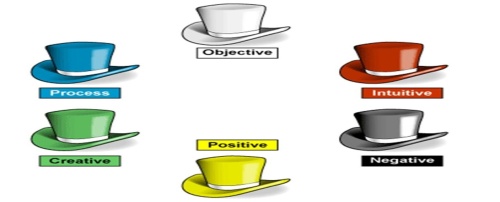Unit of a long term plan
Unit 9 Transport Lesson plan 93
|
School: Almaly
|
Date:03.05.2022
|
Teacher’s name: Zhandybek.M
|
Class: 6
|
Number present:
|
Number absent:
|
Lesson title
|
Language Focus.
was/ were, there was/ there were
Тілдік фокус. болды / болды, болды / болды
|
Learning objectives(s) that this lesson is contributing to
|
6.UE9 use simple present and simple past regular and irregular forms to describe routines, habits and states on a limited range of familiar general and curricular topics
6.C8 develop intercultural awareness through reading and discussion
6.C9 use imagination to express thoughts, ideas, experiences and feelings
6.L3 understand an increasing range of unsupported basic questions on general and curricular topics
6.L6 deduce meaning from context in short, supported talk on an increasing range of general and curricular topics
6.S2 ask simple questions to get information about a limited range of general and curricular topics
6.UE9 таныс жалпы және білім беру тақырыптарының шектеулі шеңбері бойынша күнделікті, әдеттер мен жағдайларды сипаттау үшін қарапайым және қарапайым өткен Тұрақты және тұрақты емес формаларды қолданыңыз
6.C8 оқу және талқылау арқылы мәдениетаралық хабардарлықты дамыту
6.C9 қиялды ойларды, идеяларды, тәжірибелер мен сезімдерді білдіру үшін қолданыңыз
6.L3 жалпы және оқу тақырыптары бойынша қолдау көрсетілмейтін негізгі сұрақтардың өсіп келе жатқан спектрін түсінеді
6.L6 жалпы және білім беру тақырыптарының көбірек шеңбері бойынша қысқа, қолдау көрсетілетін әңгімелерде мағынаны контекстен шығарыңыз 6.S2 жалпы және оқу тақырыптарының шектеулі шеңбері туралы ақпарат алу үшін қарапайым сұрақтар қойыңыз
|
Lesson objectives
|
All learners will be able to:
Identify the theme, give the examples of was/ were, there was/ there were, use active vocabulary speaking about inventions and discoveries.
Transfer information from the book about grammar into a graphic organizer.
Offer constructive peer-feedback using rubric.
Most learners will be able to:
Select, compile, and synthesize information from the reading passage for an oral presentation.
Some learners will be able to:
Respond to and discuss the reading rules and texts using interpretive, evaluative and creative thinking skills.
Барлық оқушылар алады: * Тақырыпты анықтаңыз, мысалдар келтіріңіз болды /болды, болды/болды, өнертабыстар мен ашылулар туралы белсенді лексиканы қолданыңыз. * Грамматикалық кітаптан ақпаратты графикалық ұйымдастырушыға өткізіңіз. * Айдар арқылы әріптестеріңізбен сындарлы кері байланыс ұсыныңыз.
Оқушылардың көпшілігі: * Ауызша презентация үшін оқылған үзіндіден ақпаратты таңдаңыз, құрастырыңыз және қорытындылаңыз.
Кейбір оқушылар: * Оқу ережелері мен мәтіндеріне жауап беріңіз және түсіндіру, бағалау және шығармашылық ойлау дағдыларын қолдана отырып талқылаңыз.
|
Value links
|
Cooperation, respect each other's opinion, functional literacy.
|
Cross curricular links
|
Social Science, Physics, Geography, Information Technology.
|
Previous learning
|
Talking about the history of the steam engine.
|
Use of ICT
|
Smart board for showing a presentation, getting additional information, playing the audio files.
|
Intercultural awareness
|
Discuss the inventions of the nineteenth century.
|
Health and Safety
|
Breaks and physical activities used. Everyday classroom precautions will ensure that safety measures are provided to prevent the exposure of electrical power cords.
|
Planned timings
|
Planned activities
|
Resources
|
Beginning of the lesson
6 min.
|
The lesson greeting.
The teacher sets the lesson objectives, letting students know what to anticipate from the lesson.
Then to create a positive learning environment the teachers asks students to start the lesson giving each other compliments about appearance, job performance, talent, etc. and also practice accepting compliments.
Watching the pictures, the learners are asked to predict the topic of the lesson.

Warm up. Free talk about the last topic. The teacher asks Sts. in pairs find sentences with the Past forms: was/ were/ there was / there were.
|
Slide (useful phrases).
Pictures
PPT
Student Book p.107
Writing
Worksheet
|
Main
Activities
15 min.
13 min
|
Main part

Look at the rule and do Ex. 1 - 3 p.107. While doing Ex.3. the Sts. will pay attention to great people.
Famous person
|
Famous for.....
|
William Boeing
|
an engineer
|
The Beatles
|
musicians
|
Henry Ford
|
inventor of a car
|
Bach and Mozart
|
composers/ musicians
|
Picasso and Van Gogh
|
artists/ painters
|

Ex.4 - 5 p.107. Complete the table.
Activate. Ex.6 p.107. Pair Work.
Creative Exercises.
|
A table
Pictures
PPT
Student Book p.107
Writing
Worksheet
|
Ending the lesson
6 min.
|
Giving the home task.
W.B. p.73
Students express their attitude to the lesson and give self-assessment using the method: “Six thinking hats”:
Green: How can you use today's learning in different subjects?
Red: How do you feel about your work today?
White: What have you leant today?
Black: What were the weaknesses of your work?
Blue: How much progress have you made in this lesson? (Now I can, I still need to work on, I've improved in, Today I learnt... )
Yellow: What did you like about today's lesson?
Slide (Homework)
Slide "Six thinking hats"

|
Differentiation –
how do you plan to give more support? How do you plan to challenge the more
able learners?
|
Assessment –
how are you planning to check learners’ learning?
|
Critical thinking
|
Differentiation can be achieved through the selection of activities, identification of learning outcomes for a certain student, provision of individual support to learners, selection of learning materials and resources based on the individual abilities of learners.
|
Assessment criteria:
Identify the main idea in extended talks with little support.
Apply topic related vocabulary in speech appropriately arranging words and phrases into well-formed sentences.
Demonstrate the ability to participate in a conversation.
Descriptor:
A learner:
selects an appropriate answer.
completes the task.
uses appropriate subject-specific vocabulary while speaking.
discusses questions and answers the questions within the group.
Observation
Feedback on the work
Peer-assessment
|
Students think critically, exploring, developing, evaluating and making choices about their own and others’ ideas
|
 Скачать 264.74 Kb.
Скачать 264.74 Kb.